Bronze is an alloy that consists primarily of copper, and thus, it exhibits many of the same characteristics of copper, like malleability, durability and ductility. In the wire mesh industry, commercial bronze wire mesh is the alloy commonly available from stock or through custom manufacturing. Typically, commercial bronze wire mesh has a material chemical composition of: 90% Copper, 10% Zinc.
Bronze woven wire mesh is superior to brass wire mesh in resistance to atmospheric corrosion, which is a major reason why bronze mesh usage spans from various marine and military applications to commercial and residential insect screen. For the industrial user of wire cloth, bronze wire mesh is harder and less malleable compared to a similar copper woven wire mesh, and as a result, it is commonly used in separation and filtration applications.
Bronze wire mesh has a brownish-red color, and this industrial product is increasingly popular for use in architectural, decorative and artistic applications. Below, please find a handful of common uses of bronze mesh used in non-industrial applications:
- Cabinetry
- Wine Lockers
- Sport Locker Rooms
- Chandeliers
- Decorative Signage
- Infill panels
- Sculptures
- Jewelry
- Wall and podium coverings
- Ceiling panels
- Room dividers
- Decorative glass inlay
Darby specializes in stocking a wide range of popularly requested bronze wire meshes, most notably the standard or market grades. Darby also maintains the capabilities to weave countless other options. Be sure to contact us with your specific requirements.
When discussing the weaving process for bronze mesh, and specifically, fine bronze mesh, there is an important distinction to make. Due to the intricacies of weaving fine meshes, there are times where commercial bronze is no longer an option and phosphorous bronze must be used to weave. The chemical composition of phosphorous bronze wire mesh differs from bronze wire mesh in that a small amount of phosphorous is included. Phos bronze, as it is commonly referred to in the industry, exhibits physical and anti-corrosive properties slightly superior to copper and brass and has a chemical composition of approximately 94% Copper, 4.75% Tin, and .25% Phosphorous. If you have any questions, please contact us.

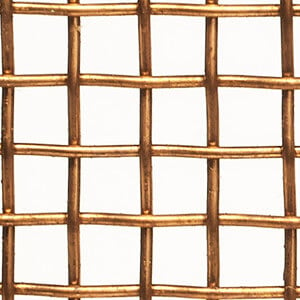
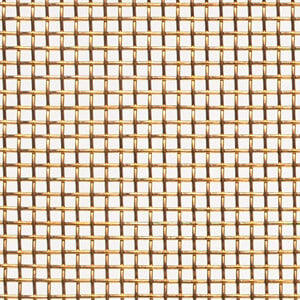
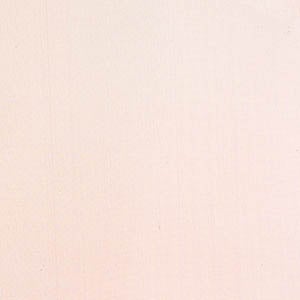
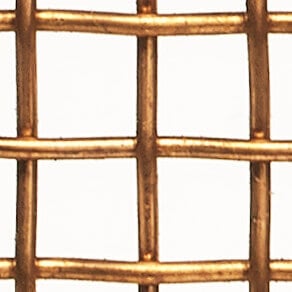
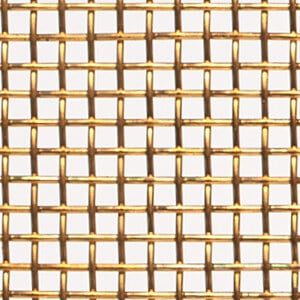
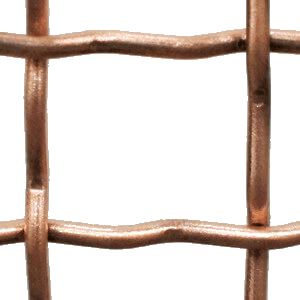
Connect with Darby